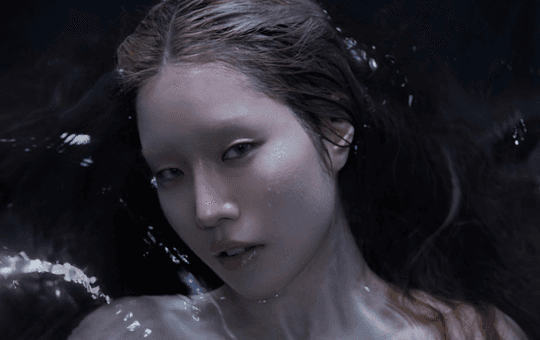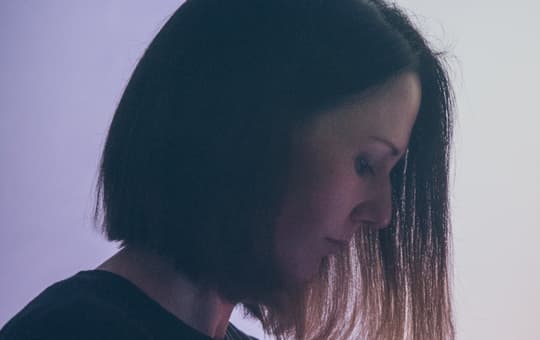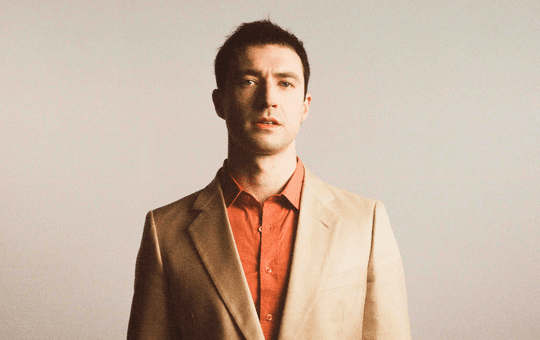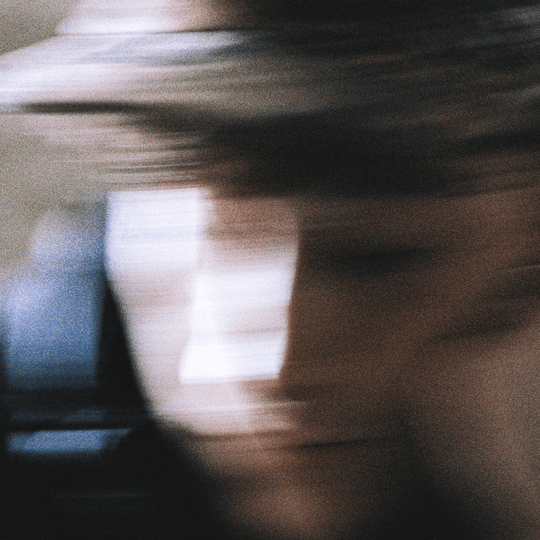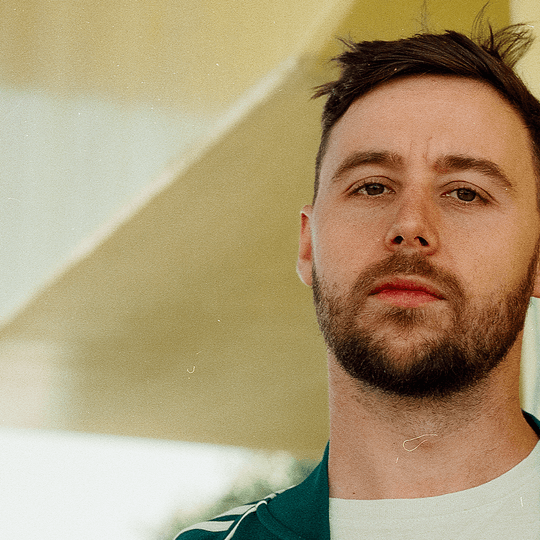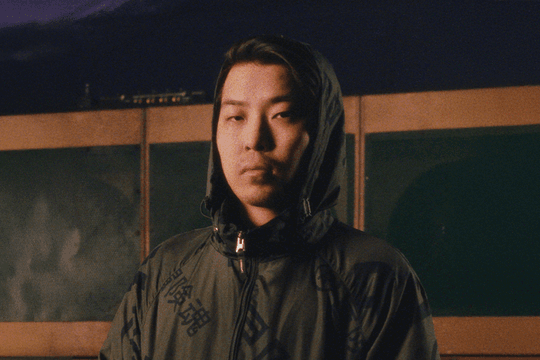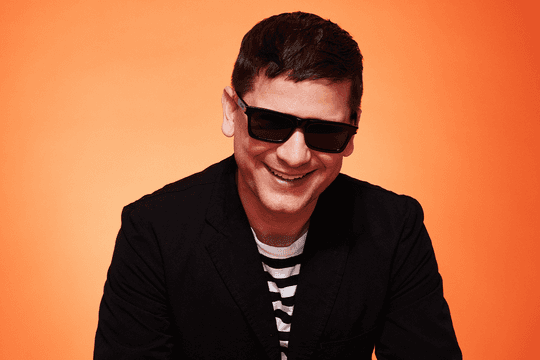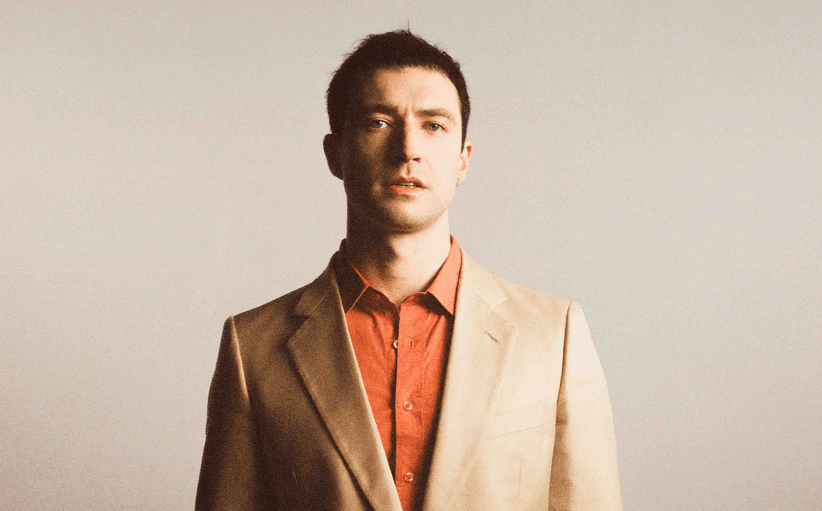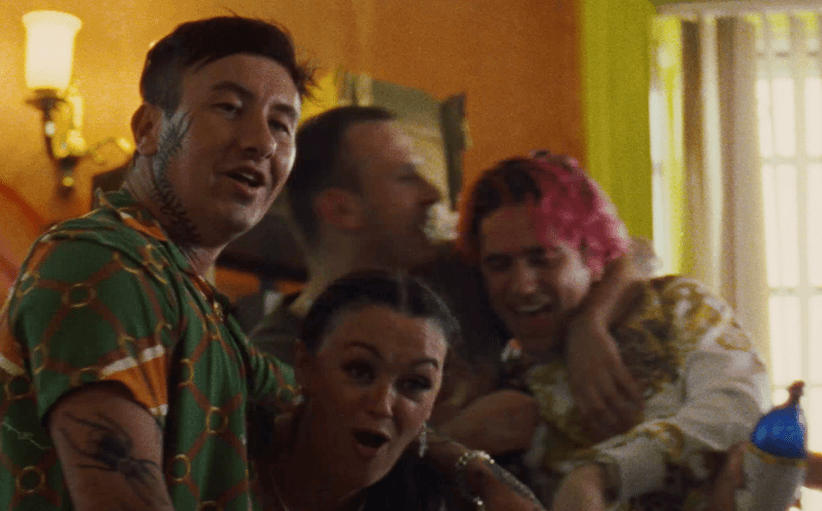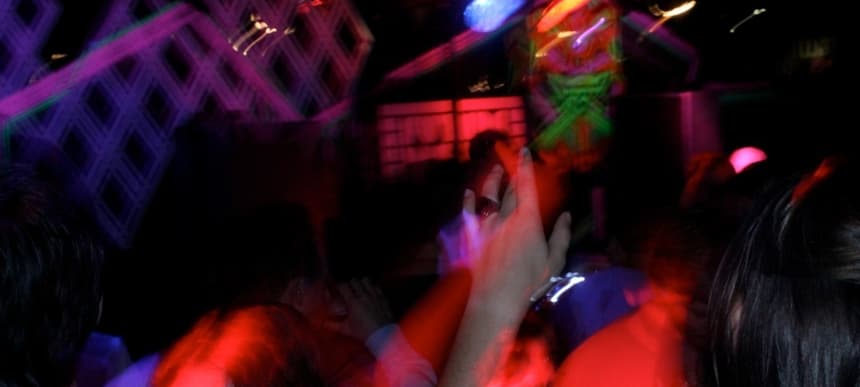
ADE 2013 festival report
Amsterdam very rarely conjures up associations with a progressive electronic music culture; although the city has hosted a variety of developments within the electronic music scene, this attitude is usually reserved for cities like London, Ibiza and Berlin. For the past two months I have been living in this city, though, and I’ve found this inclination to be wholly unfair. Club culture and electronic dance music are so institutionalised in the city that most of its large venues are also state-funded cultural organisations; it seems to me that electronic dance music makes up as much of Amsterdam’s identity as windmills and tulips.
An event that substantiates this sentiment is the Amsterdam Dance Event, or ADE as it is better known. For five days of the year Amsterdam invites the world of electronic music to its sleepy canals, so that where before tourists would wile away their time in the various museums and coffeeshops, they now spend their time in the many venues and nightclubs the city has to offer. Like Sonar and the Miami Music Conference, ADE hosts a series of events throughout the entire city with specific focus on electronic dance music. Since its inception in 1996 it has grown into a sizeable event situated across 80 venues with 2000 artists on the bill. This year’s festival saw the celebration of 25 years of house music and featured a three-part affair made up of ADE Conference, ADE Playground and ADE Festival, with the latter making up the bulk of the events. DJ sets and live performances dominated the city’s nightlife throughout its five-day duration while conferences by and for music industry professionals – including speakers like Dave Smith and Nile Rodgers – occupy daylight hours. This year sees the first appearance of ADE Playground: an interactive experience for the electronic music enthusiast featuring films, art, gear and pop-up events.
Olaf Boswijk, co-owner and events coordinator for Trouw, sees the festival as a five-day melting pot for this global industry. Although he finds that the industry affiliations of ADE are currently overwhelming the festival – at €250 for a ticket, the conferences in particular don’t seem to do much more than re-affirm the status quo – Boswijk does try and maintain a significant balance in Trouw. He considers it “the best time of the year to show the world who you are and what you’ve got.”
“I found myself being unexpectedly floored by another act. Happa is only 16 but already a highly talented artist and DJ, fusing the textures of techno with a beat that shies away from a strict four to the floor policy.”
Whether it is for the industry professional or the music enthusiast, Trouw tries to raise the bar as ADE grows exponentially each year. Boswijk feels that they have to do something special for ADE and that usually means things like budget go out the window. This year, apart from all the events, they also featured an art installation by Mark Fell and the chance for three competition winners to spend the night in the heart of Trouw during the five days of ADE. From their room these lucky contestants got a first hand view of this incredible space, making it clear why there is a lengthy queue of electronic music enthusiasts at 2am for the Colors event. This is a long-established night, but its popularity still reflects the effect of ADE on the city. Lukas, Yuri (Cinnaman) and Volcmar, the creators of Colors, are all too aware of the international presence during ADE, and although they do feature more artists for their event during the festival, they don’t modify their objective in creating a diverse evening where the artists they book are free to indulge their personalities wholeheartedly. An artist like Funkineven, whose set echoes the eclecticism of the night and the venue, actually wants to play at Trouw, and you can tell. His acid sequences warble away through the venue’s concrete surroundings, with minimal lighting effects lighting up the various faces in the crowd intermittently, as downstairs resident DJ Cinnaman is still in the infant stages of a very challenging all-nighter at 1 AM. It’s slightly darker in this room, not only in terms of visibility but also sound as an ever-growing crowd pulsates to this accomplished DJ. This is just day one.

Photo by Ida Taraldsen.
Day two, however, sees a far more relaxed schedule and I use this opportunity to get a local perspective on the festival. Even with the increased international exposure, ADE still features a majority Dutch contingent. Few stay for the duration of the whole festival and even fewer will attend any of the Conference events, but every one I spoke to agreed that ADE is the best time of year for electronic music, in the Netherlands. Opinion is still divided, however, with some residents voicing their preference for the smaller gatherings of past ADE events. Where an event like Breakfast Club, a highlight of the ADE festival, used to only cater for a crowd of no more than 200, it now pulls in thousands. I bore witness to this crowding at the Joris Voorn and Matthias Tanzmann event on Wednesday night, as Roest opened up its enormous warehouse space for this event and kitted it out with not one, but two rooms. I found the sound in the main room somewhat disappointing, but what really struck me was the contrast in the audience and energy from the Colors night before, with Voorn, Breach and Scuba representing the more accessible side of house music.
“Nicolas Jaar and Dave Harrington, cloaked in the darkness of the building, were intermittently revealed through the shifting light, reflecting from a spinning disc behind the pair and mirroring their set as it evolved.”
The following day, I headed to Dave Clarke Presents primarily to see Karenn. Having seen them before at London Fields Festival, I looked forward to experiencing this act in the super-club atmosphere of Melkweg and they did not disappoint; their brand of acid-influenced techno broaches, but never quite falls into, harder styles of dance music and it proved to be a vast improvement from their London Fields setting and its noise restrictions. I did however find myself being floored by another act. Happa is only 16 but already a highly talented artist and DJ, fusing the textures of techno with a beat that shies away from a strict four to the floor policy.
There is no shortage of new experiences at ADE and one of the more innovative events was Trouw at the Concertgebouw. It featured three performances with the headline slot occupied by the Nederlands Kamerorkest performing acoustic versions of Henrik Schwarz’s music. As the xylophone picked out the main melody of Walk Music, the arrangements revealed textures in the music that might have gone unnoticed previously. Subtle lighting accompanied the performance, juxtaposed against the neoclassical architecture of the interior, but providing a perfect complement to the details of the music.
“This festival offers an amazing experience in a burgeoning city and you will be hard-pressed to find anything that will not appeal to your tastes. ADE brings the world of electronic music to Amsterdam.”
This was particularly true of Darkside’s performance, as Nicolas Jaar and Dave Harrington, cloaked in the darkness of the building, were intermittently revealed through the shifting light, reflecting from a spinning disc behind the pair and mirroring their set as it evolved. Their unreserved electric set reverberated through the Concertgebouw like a foreign anomaly, intensifying progressively throughout their performance until the final kick drum drew a loud cheer from a rapt audience. I had been looking forward to this performance since the release of Darkside’s album ‘Psychic’, but although it was musically tight and visually innovative, I was a little disappointed by the ongoing improvisation that didn’t lead anywhere. I would have liked to hear more of the completed products that made the album so enjoyable for me.

Photo by Maarten Jüngen.
Even though most venues were full by 2am, very few – from a super club like Melkweg to the warehouse space of Trouw – ever felt overcrowded. Roest, which overlooks the Wittenburger canal, only opens up its vast warehouse space a few times a year, and ADE is one of these times, which just goes to show how important this festival is for the industry and the city. It’s so easy to associate the dance culture here with the trance-loving hand-in-the-air individual or gabber scene, but – although this is still part of the scene, and a few of the people I bumped into still perpetuated the stereotype – I quickly found a far more eclectic population at 2013’s ADE, as festivalgoers were eager to welcome and celebrate influences from the rest of the world. For a self-described music nerd like me, this festival offers an amazing experience in a burgeoning city and you will be hard-pressed to find anything that will not appeal to your tastes. ADE brings the world of electronic music to Amsterdam for only five days a year, but it should change your perception of this city and its association with electronic music forever.

Photo by Maarten Jüngen.
